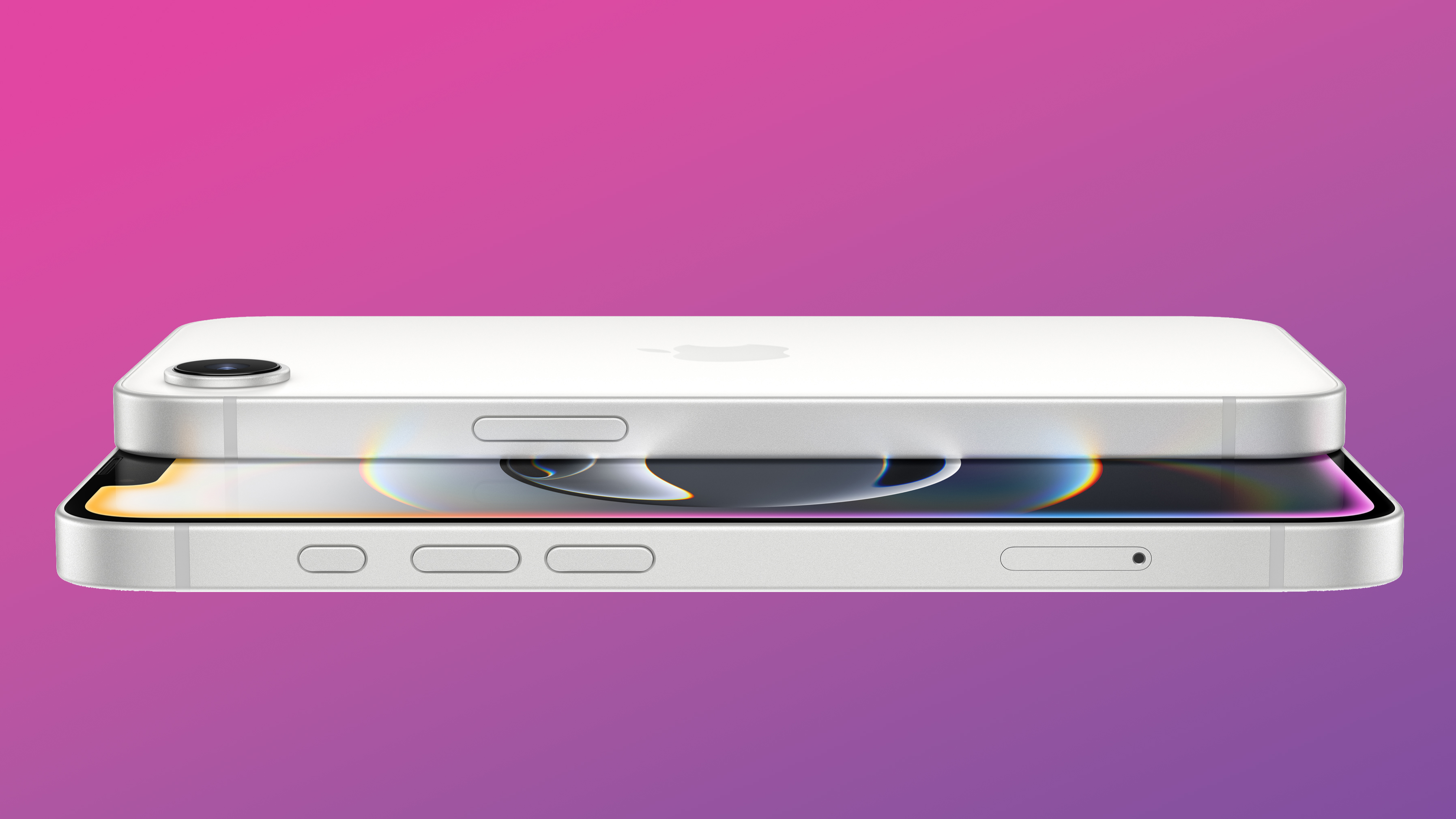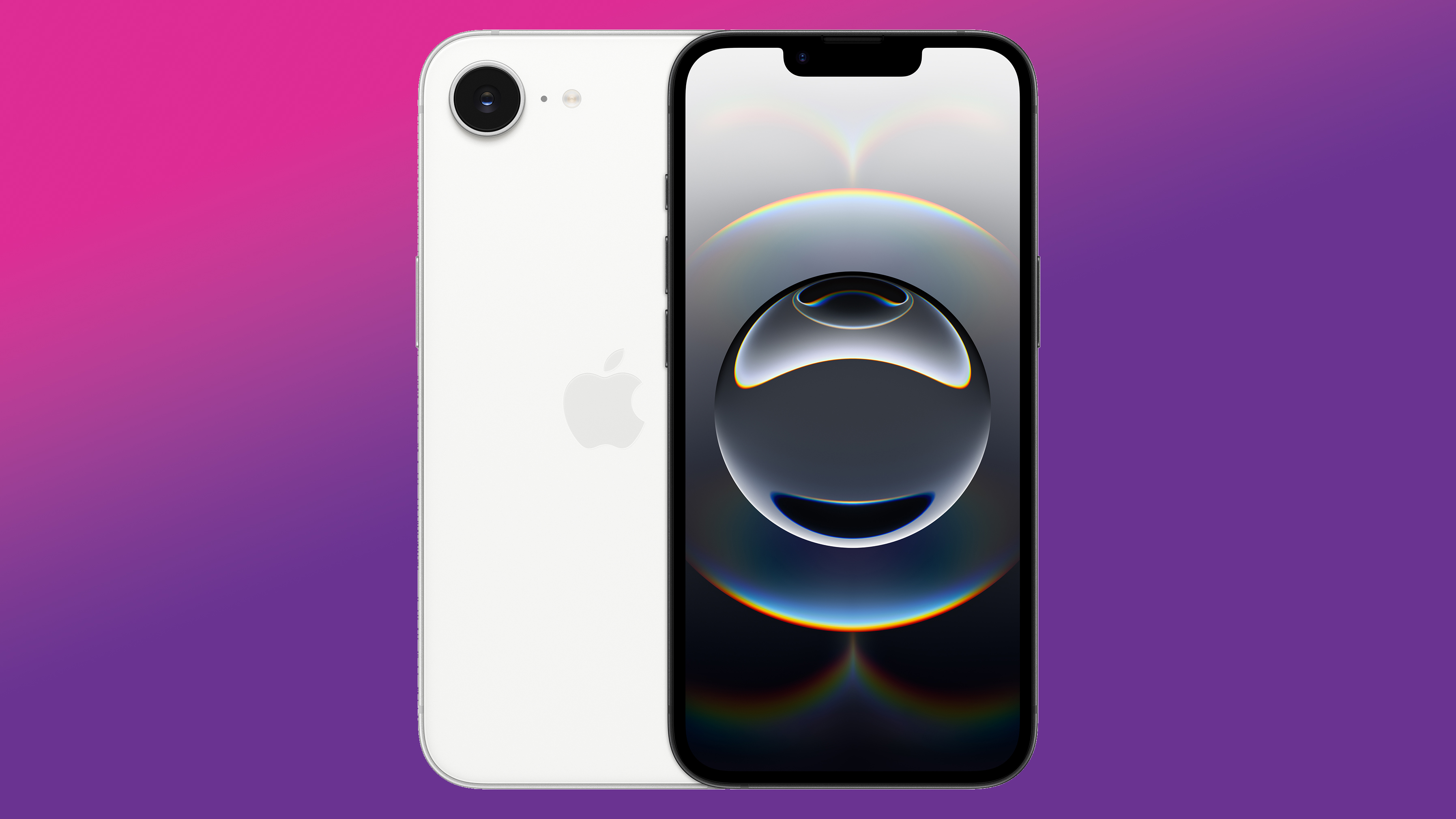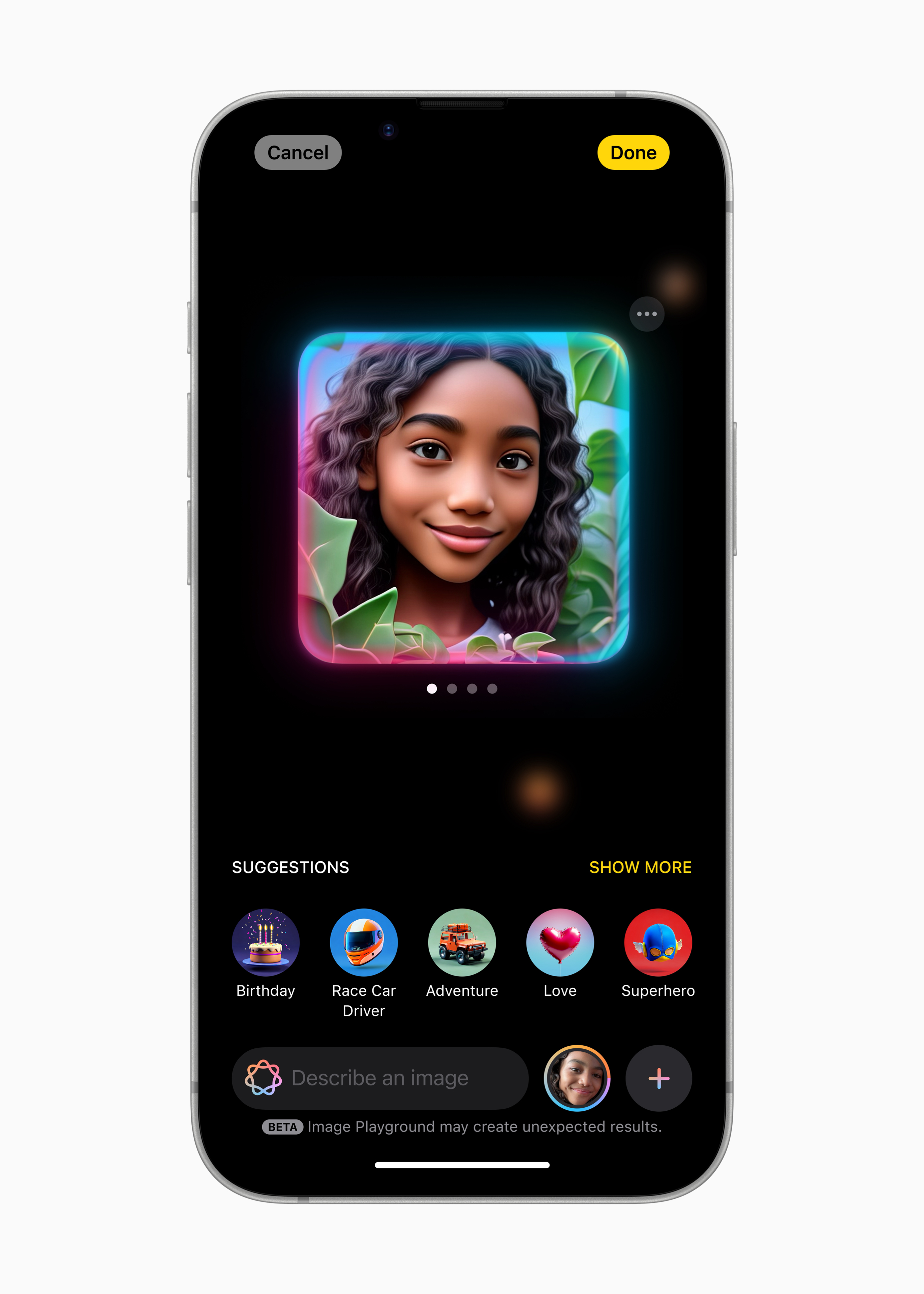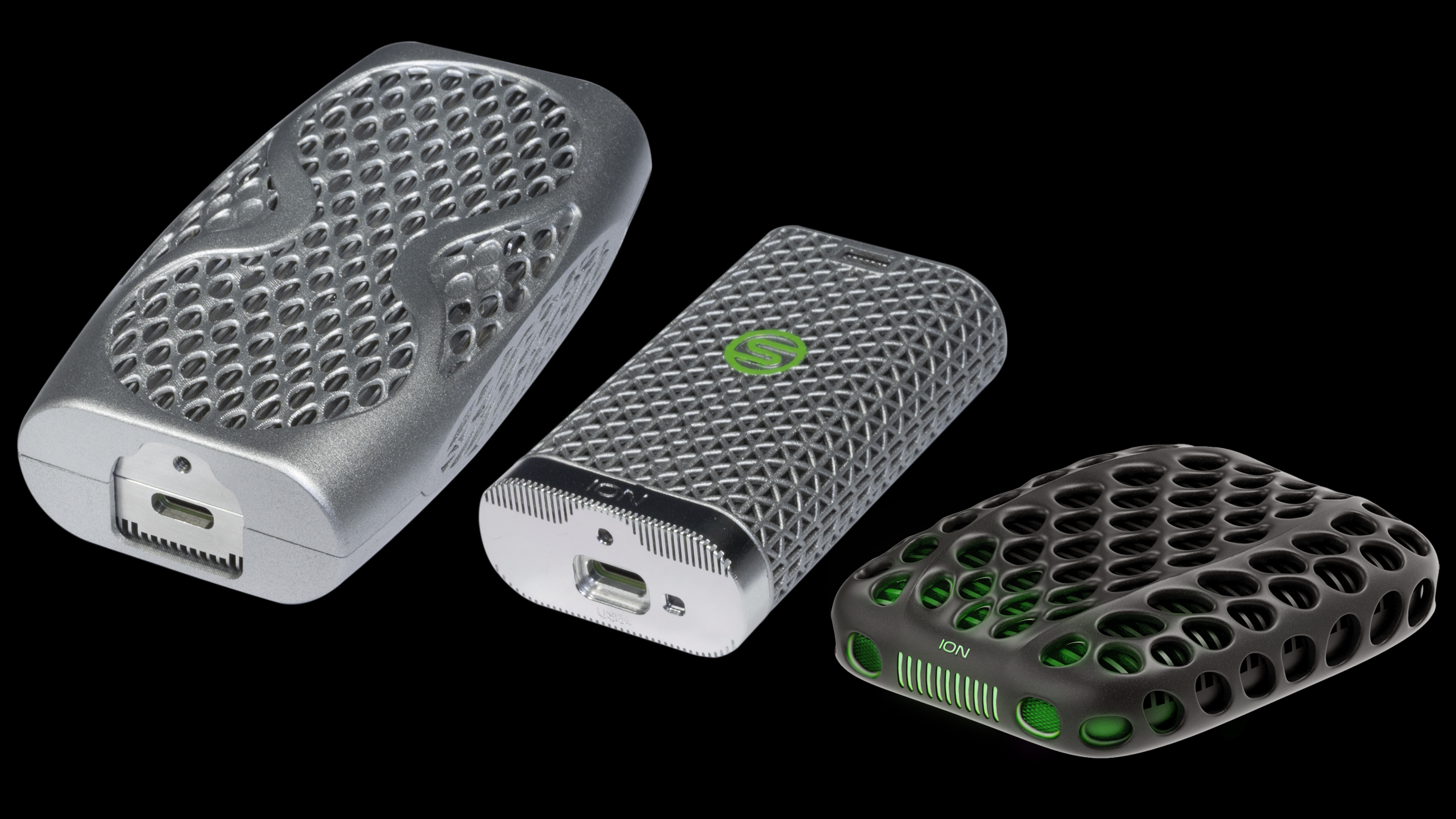iPhone 16e – six things photographers need to know about Apple's new budget phone
Apple's new iPhone 16e is the new name for the iPhone SE – here are the six things photographers need to know about it.

OK, we knew it was coming and here it is, Apple's iPhone SE 2025 – only it's now called the iPhone 16e because 2025 is, perhaps, the year Apple is going to mix things up a bit with the whole iPhone range? We don't know the future, but we do know that – compared to the 2022 update for the low(er) budget iPhone SE, this entry-level model has some significant updates.
I'll look at them in detail below and what they mean, but here is Tim Cook selling it in a YouTube clip:

1: 6.1-inch OLED display – up from 4.7-inch OLED
That's two in one right there! Apple has not only massively increased the size of the display to 6.1-inches, but moved to the more battery-friendly OLED display technology (Super Retina XDR display in Apple-speak), and it is 460ppi.
This is able to turn off any of the 2532x1170-pixels it isn't using individually, providing better contrast (in the TV world OLED is very appealing for movie buffs, but quite expensive), but also the ability to avoid sending power to the unused pixels.
Of course it won't shock anyone that the refresh rate is 60Hz – no ProMotion here – but you can't have everything!
2: No more home button – face up to FaceID
The phone doesn't have to get a lot bigger to accommodate the bigger panel – instead a significant re-design simply removes Apple's classic phone design feature the Home button, as seen from the original iPhone. That's it folks, no the iPhone looks that little bit less unique, and FaceID takes over (the phone can recognise your face and unlock itself).
In other technical abandonment, this is a USB-C phone, so bye, bye to Lighning and hellow, again, to being able to sell in the EU.
Get the Digital Camera World Newsletter
The best camera deals, reviews, product advice, and unmissable photography news, direct to your inbox!
3: There is an 'Action button'
There is no shutter button as found on the iPhone 16 and iPhone 16 Pro series, but there is the Action button, as introduced on the iPhone 15 generation (which served me as a shutter button for a while then). Many will, of course, choose to set the function to mute on/off as it replaces the physical switch.
4: There is only one front camera – but it's pretty good
Apple is sticking with the single camera motif for the 16e from the SE series, but this time the camera is a 48MP Fusion: 26mm, ƒ/1.6 aperture. That means it comes with optical image stabilisation, Hybrid Focus Pixels and the option of what Apple calls "super-high-resolution photos" (24MP and 48MP).
In practice, it essentially offers x2 zoom (52mm EFL) and digital zoom up to 10x.
Many of Apple's 'Photonic Engine' software features will be available, including Smart HDR 5, Portrait mode with Depth Control, night mode, and the portrait mode that can capture up to 63MP.
Video recording is up to 4K60 (Dolby Vision), or 1080P slow mo at 240fps. The device can record spatial audio (but, with only a single camera, not spatial video). The video recording can manage continuous autofocus, and has wind noise reduction.
The other camera – the selfie camera – is a 12MP camera with ƒ/1.9 aperture and AF using focus pixels. It can also capture 4K dolby video at 60fps.
| Row 0 - Cell 0 | Row 0 - Cell 1 | Row 0 - Cell 2 |
| Row 1 - Cell 0 | Row 1 - Cell 1 | Row 1 - Cell 2 |
| Row 2 - Cell 0 | Row 2 - Cell 1 | Row 2 - Cell 2 |

5: Intelligent chips and the A18
The phone is definitely built to compete with, if not absolute premium, some pretty high-end Android competitors (and will come with the usual advantage of well-tuned iOS apps). The A18 processor has a 6-core CPU (2 performance, 4 efficiency) and 4 GPU cores offering 40% better CPU and GPU performance than the previous iPhone SE (or 80% better CPU than the iPhone 11).
Interestingly the A18 also has a 16‑core Neural Engine, so Apple Intelligence features are supported.
That efficiency helps give a battery life of up to 26 hours playing video, says Apple, and – as anticipated – the phone also boasts Apple's first 'homemade' modem chip, the C1, which Apple call "the most power-efficient modem ever on an iPhone." This also incorporates Apple's SOS satellite system.
6: The iPhone SE is definitely being discontinued
The new iPhone 16e is $599 / £599 / AU$999 for the cheapest model (with 128GB memory), and there will also be 256GB and 512GB options.
That's already quite a bit more than the 128GB of the iPhone SE (2022) – and there was a 64GB version of that for $429 / £419 / $719, so the cost of entry for iPhone has gone up a lot.
We did wonder if the SE would linger on as an even cheaper option, but we now know that Apple's Intelligence will be available on all iPhones.
Pre-ordering for the iPhone 16e will 5 a.m. PST on Friday, February 21, with availability beginning Friday, February 28.
You might also want to read....
Check our guide to the best iPhone for photography and the best camera phone.

With over 20 years of expertise as a tech journalist, Adam brings a wealth of knowledge across a vast number of product categories, including timelapse cameras, home security cameras, NVR cameras, photography books, webcams, 3D printers and 3D scanners, borescopes, radar detectors… and, above all, drones.
Adam is our resident expert on all aspects of camera drones and drone photography, from buying guides on the best choices for aerial photographers of all ability levels to the latest rules and regulations on piloting drones.
He is the author of a number of books including The Complete Guide to Drones, The Smart Smart Home Handbook, 101 Tips for DSLR Video and The Drone Pilot's Handbook.
You must confirm your public display name before commenting
Please logout and then login again, you will then be prompted to enter your display name.

